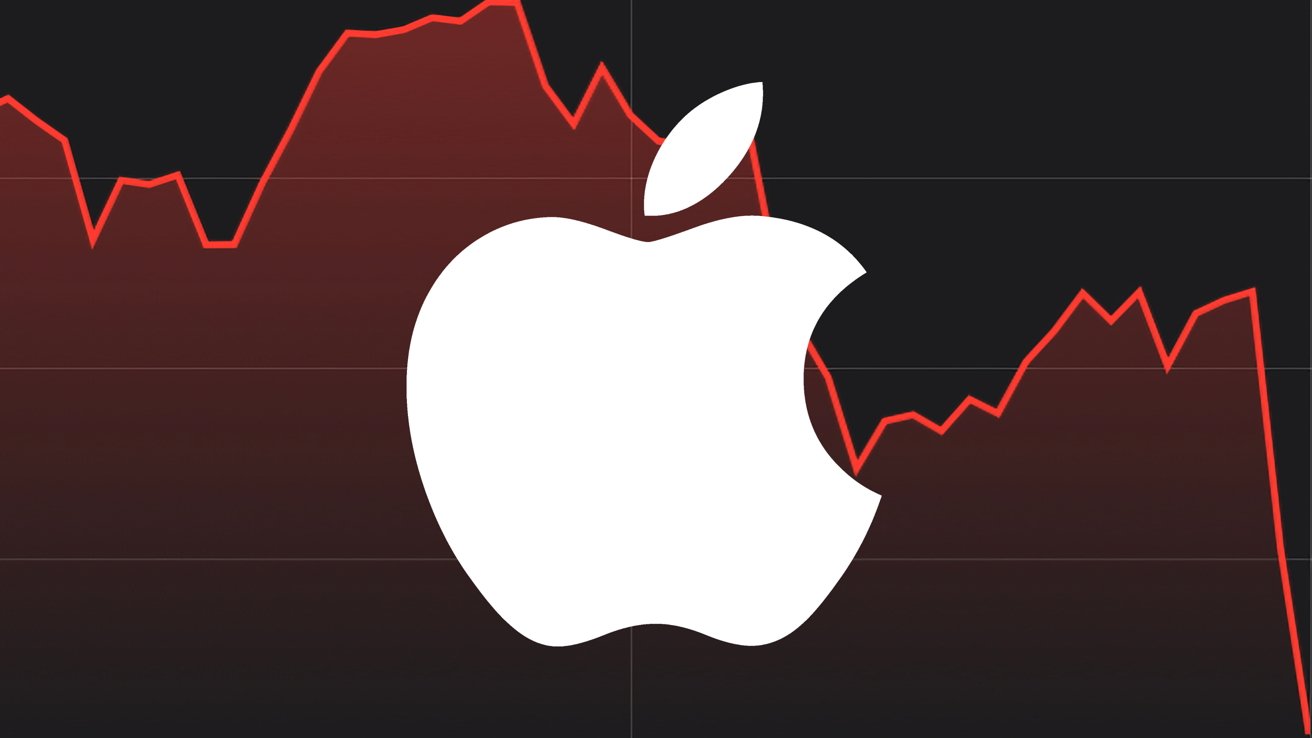Morgan Stanley hiked its Apple stock price target to $235 because instability created by the Trump administration’s tariffs may be a boon to Apple’s bottom line — at least in the short term.
Even after the failed attempt at increased tariffs during the first Trump term, it was a well-known promise that they’d be attempted again in the second term. After a few weeks of on-again, off-again general tariffs, President Trump went all-in on “Liberation Day” in early April with seemingly random global tariff increases.
According to a report from Morgan Stanley seen by AppleInsider, these conditions led to uncertainty among consumers, which pushed key purchases forward, and will benefit Apple’s first half of 2025. So, for those that may have waited until September 2025 or later to buy a new iPhone or Mac, they upgraded much earlier in 2025.
Even though the wider tariffs weren’t implemented until April, after Q2 ended, earlier tariffs and threats of more to come caused some consumers to shift buying into the March quarter. This is expected to provide a slight bump in Q2 results and provide positive color on the Q3 guidance.
Despite incredible uncertainty ahead, the report suggests that Apple will do everything in its power to keep price increases low to limit consumer demand destruction. Some costs could go to the supply chain, while others could be passed through eliminating lower storage tiers, thus increasing the base price.
Everything from how tariffs change, Apple’s reliance on China, future AI announcements, and government regulations could greatly affect Apple in the next year. However, Morgan Stanley is still bullish on Apple, raising its price target from $220 to $235.
The report didn’t offer any speculation on how moving demand up into the March and June quarters might affect the September iPhone 17 launch and following holiday quarter.
Apple isn’t likely to do so during the earnings announcement either.
A tariff rollercoaster
There’s a lot to keep up with around the tariffs implemented by President Trump. Since the “Liberation Day” tariffs are the topic of focus today, it may be easy to forget that tariffs, especially against China, were on the table and implementing them immediately was a big promise during the presidential campaign.
On Inauguration Day, one of President Trump’s many initial executive orders was to create an External Revenue Service. He also created tariffs against Mexico and Canada right away.
While these initial tariffs against those countries, China, and others were short-lived, many consumers saw it as a warning shot for what could come later. While it likely didn’t drive up demand as much as the “Liberation Day” tariffs in April, the effect isn’t zero.
The flip-flopping continued, as President Trump gave up on the initial “Liberation Day” tariffs and introduced a new one for 90 days, calling it a “pause.” These new tariffs made China’s tariffs 125%, but the rest of the world’s tariffs were set to a still-high 10% flat rate.
Following that, specific products were given exemptions, even though exemptions were supposedly never on the table, which unilaterally helped Apple. However, President Trump promised these exemptions would be short-term and Apple would also get hit by an upcoming semiconductor tariff.
The back and forth makes it difficult to predict anything past next week, though analysts are confident in Apple’s ability to navigate the issues. Which, of course, has led to government regulators questioning if exemptions and favoritism could be a sign of corruption.






